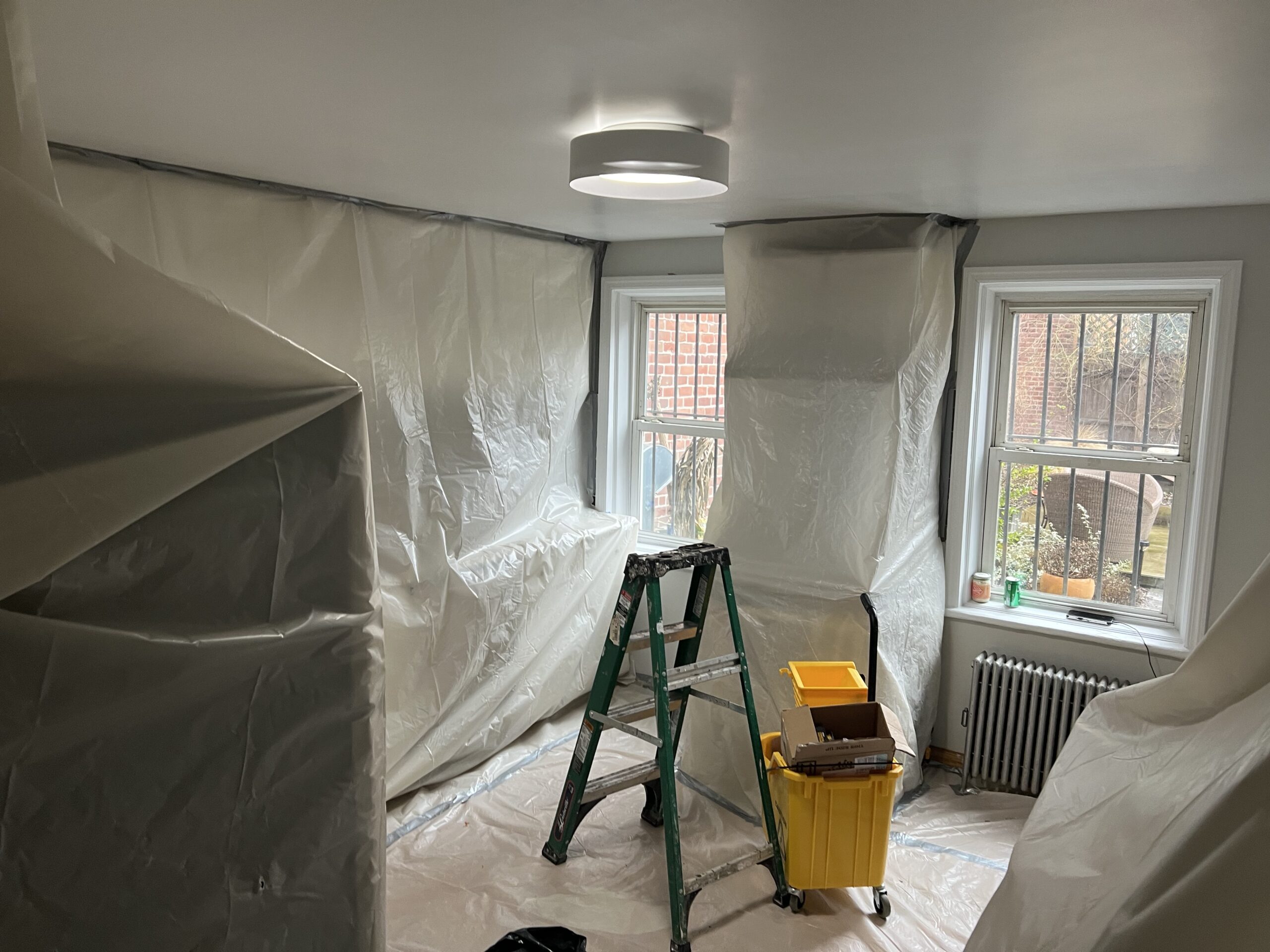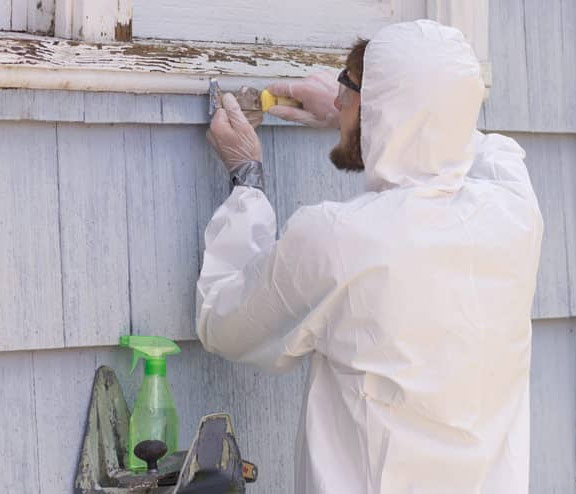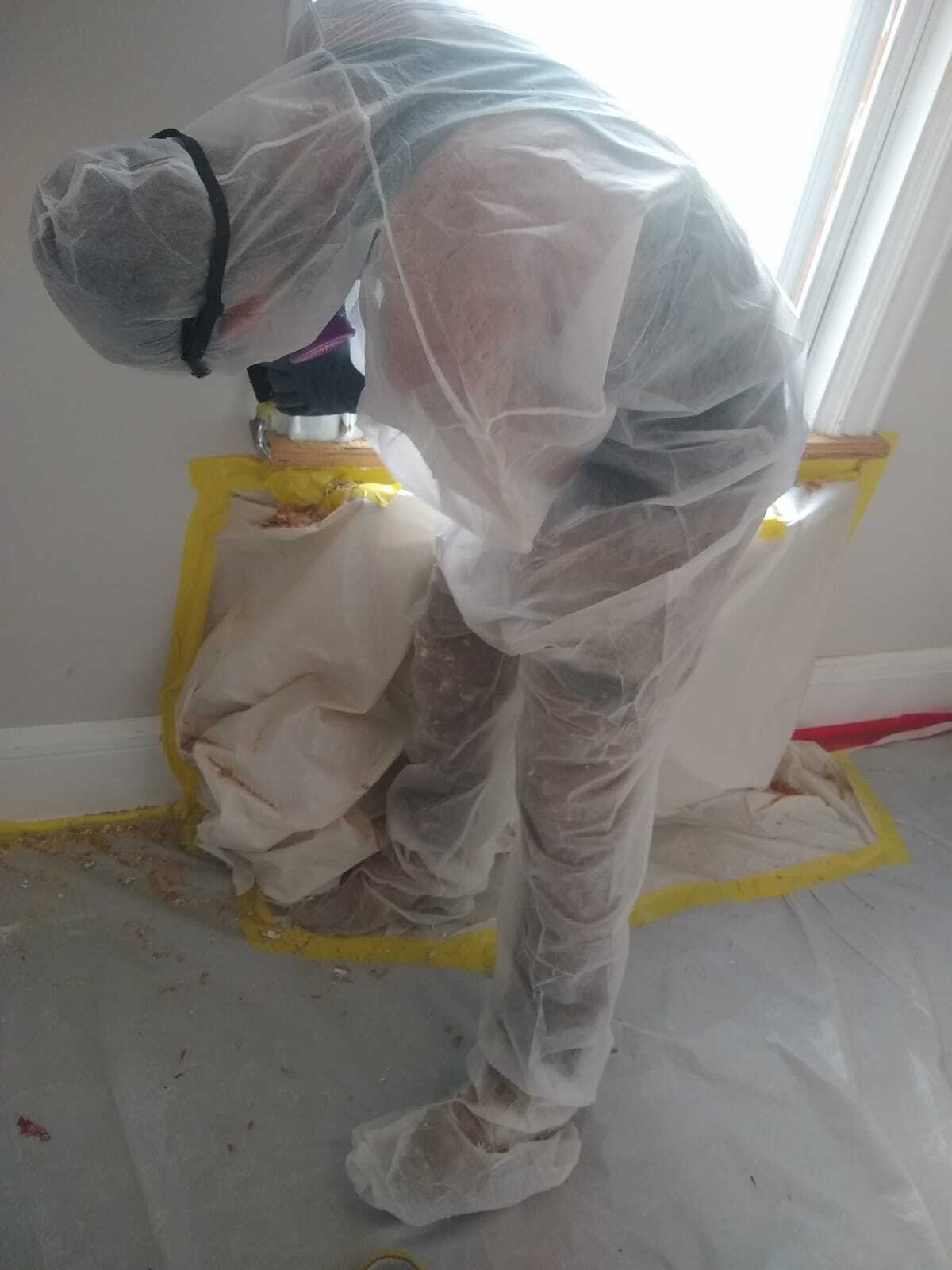NYC Lead Removal Contractors-- Obtain Safe and Efficient Solutions
Comprehensive Guide on Effective Lead Infraction Elimination Strategies
In the world of ecological safety, attending to lead offenses requires a thorough and organized approach. This comprehensive guide begins by highlighting the vital preliminary actions of determining lead dangers via innovative analysis and screening approaches. Strategies such as XRF evaluation and dirt clean sampling are vital in identifying contamination resources. The overview specifies on the value of sticking to strict security protocols during the elimination procedure, including the use of proper PPE and separating influenced locations. The succeeding areas guarantee to talk about post-removal verification and preventive approaches, making certain lasting security and compliance. Discover the complex information that make these techniques not simply reliable but vital.
Identifying Lead Dangers
Identifying lead dangers is a crucial primary step in alleviating the threats connected with lead direct exposure. Lead, a toxic metal, can be existing in various environmental tools, consisting of paint, soil, water, and dirt. It presents severe health and wellness threats, particularly to children and expecting females, resulting in neurological damage and developing hold-ups. For that reason, exact recognition of potential lead sources is vital for reliable removal.
The initial phase in identifying lead risks includes comprehending typical lead sources within the developed atmosphere. Structures developed before 1978 are especially prone as a result of the common usage of lead-based paint throughout that duration. Furthermore, soil contamination can occur from weakening exterior paint, industrial exhausts, or historic use leaded fuel.
One more considerable source is lead piping and plumbing components, which can seep lead right into drinking water. Durable goods such as playthings, porcelains, and imported items may also contain harmful lead degrees. Especially, occupational atmospheres and leisure activities entailing lead can track contaminants into homes.
Evaluation and Screening
When dealing with lead dangers, reliable analysis and testing are critical. First assessment commonly involves an aesthetic examination to identify possible lead resources, such as deteriorating paint or infected dirt.

Dust wipe sampling is one more important technique, especially in household settings. By accumulating samples from floorings, windowsills, and other surface areas, this approach provides insights right into prospective direct exposure threats. Soil screening around building perimeters is important to spot lead contamination that can present hazards, especially to youngsters.
Safe Removal Procedures
Upon completing more information detailed analysis and screening, applying secure elimination treatments is the next important stage in addressing lead dangers. This procedure guarantees that lead-contaminated products are successfully and safely gotten rid of, minimizing risk to both workers and residents. The very first step involves separating the affected area making use of plastic bed linen and appropriate securing strategies to prevent the spread of lead dust.
Workers must wear ideal personal safety devices (PPE), including respirators, gloves, and disposable coveralls, to alleviate direct exposure. Utilizing specialized devices and damp methods, such as damp sanding or making use of HEPA-filtered vacuum cleaners, reduces the dispersion of lead particles. It is important to prevent dry fining sand or rough blasting, as these techniques can generate unsafe lead dust.
Garbage disposal is an additional vital component; all polluted materials should be securely gotten and identified according to EPA and regional policies. Furthermore, comprehensive cleansing of the workspace with HEPA vacuum cleaners and damp wiping guarantees the elimination of residual lead particles.
Post-Removal Verification

Confirmation of effective lead removal, recognized as post-removal verification, is vital to make certain the security and habitability of the remediated location. This procedure involves a series of precise evaluations and examinations designed to detect any kind of recurring lead fragments that might pose wellness threats. The initial action commonly consists of an aesthetic assessment to analyze the completion and quality of the remediation work. This assessment guarantees that all well-known resources of see page lead have been addressed and that no visible signs of contamination continue to be.
Complying with the aesthetic inspection, ecological sampling is carried out. This entails accumulating dust, soil, and in some cases water samples from the remediated area. Recognized labs evaluate these examples to determine lead levels, ensuring they drop listed below the security thresholds developed by regulatory bodies such as the Epa (EPA)
On top of that, air quality screening might be performed to discover air-borne lead fragments, especially in instances where substantial lead-based paint removal or restoration has taken place. The results of these tests provide quantitative data validating that the lead levels are within allowable restrictions.
Inevitably, post-removal verification serves as a vital checkpoint, confirming the efficiency of the lead reduction initiatives and safeguarding the wellness of passengers and investigate this site visitors.
Precautionary Actions and Upkeep

An essential preventative measure includes using lead-safe certified specialists for any kind of renovation, fixing, or painting activities. These professionals are educated in techniques that lessen lead dust and debris. Additionally, preserving colored surfaces to stay clear of cracking or peeling off is vital, as deteriorating paint can launch lead fragments right into the atmosphere.
Educational efforts targeting homeowner and occupants concerning the risks of lead and the value of reporting any type of potential threats can further improve precautionary initiatives. Regular cleansing using HEPA vacuums and wet mopping methods can dramatically reduce lead dust accumulation.
Final Thought
In recap, efficient lead violation elimination necessitates a thorough technique encompassing thorough evaluation, precise screening, and strict elimination procedures. Recurring evaluations and upkeep are necessary to mitigate future lead dangers, thus guarding public health and making certain sustained conformity with regulatory demands.